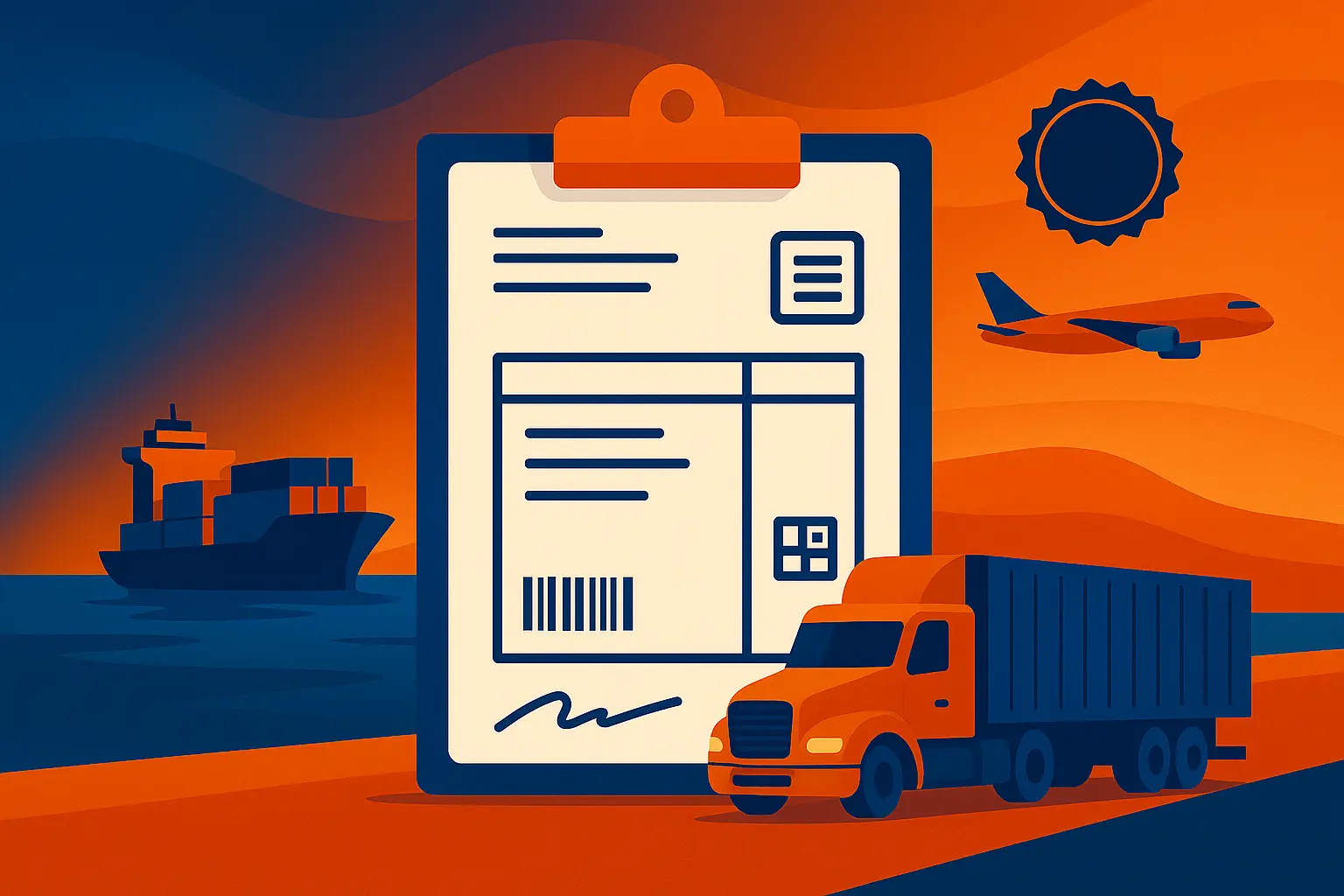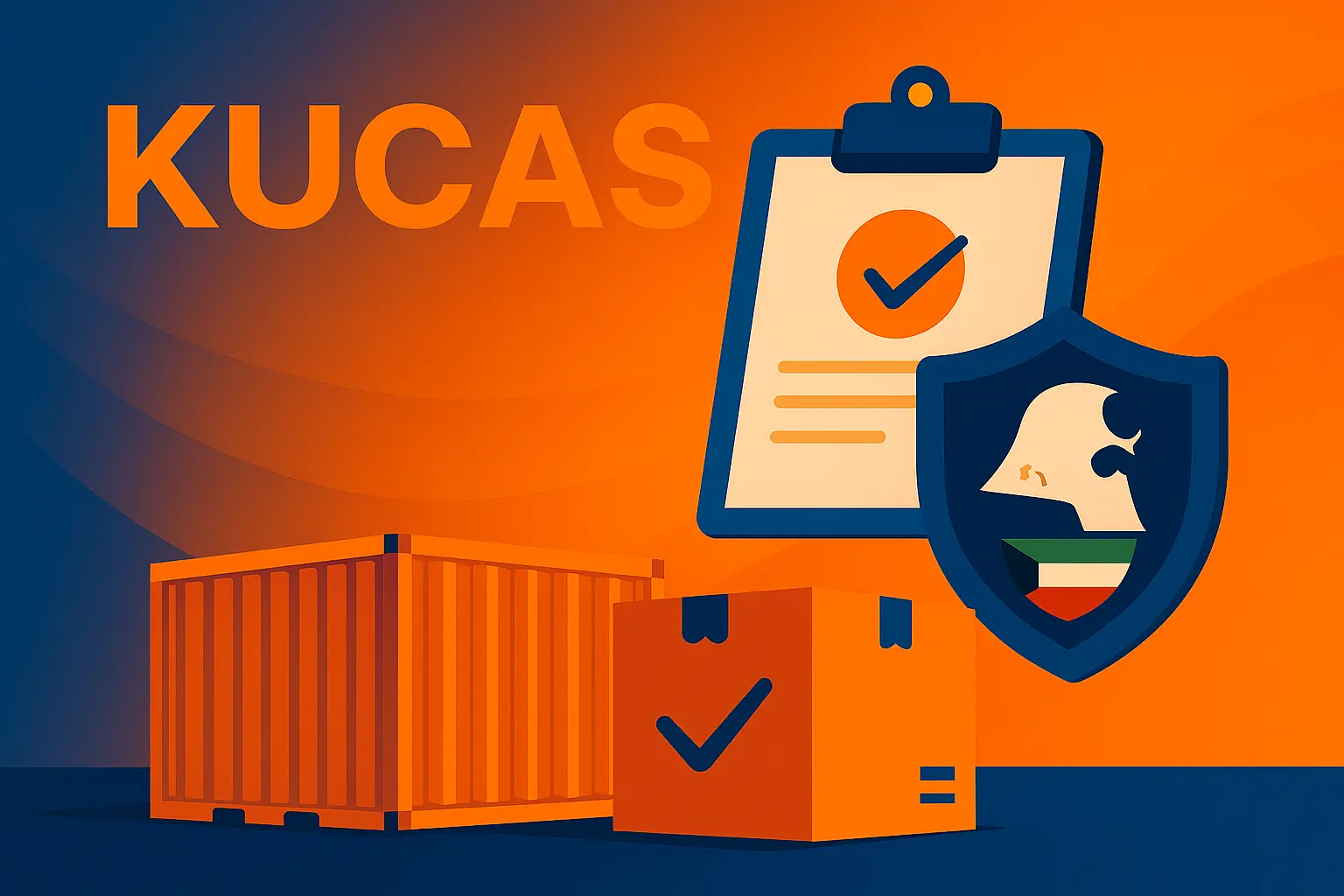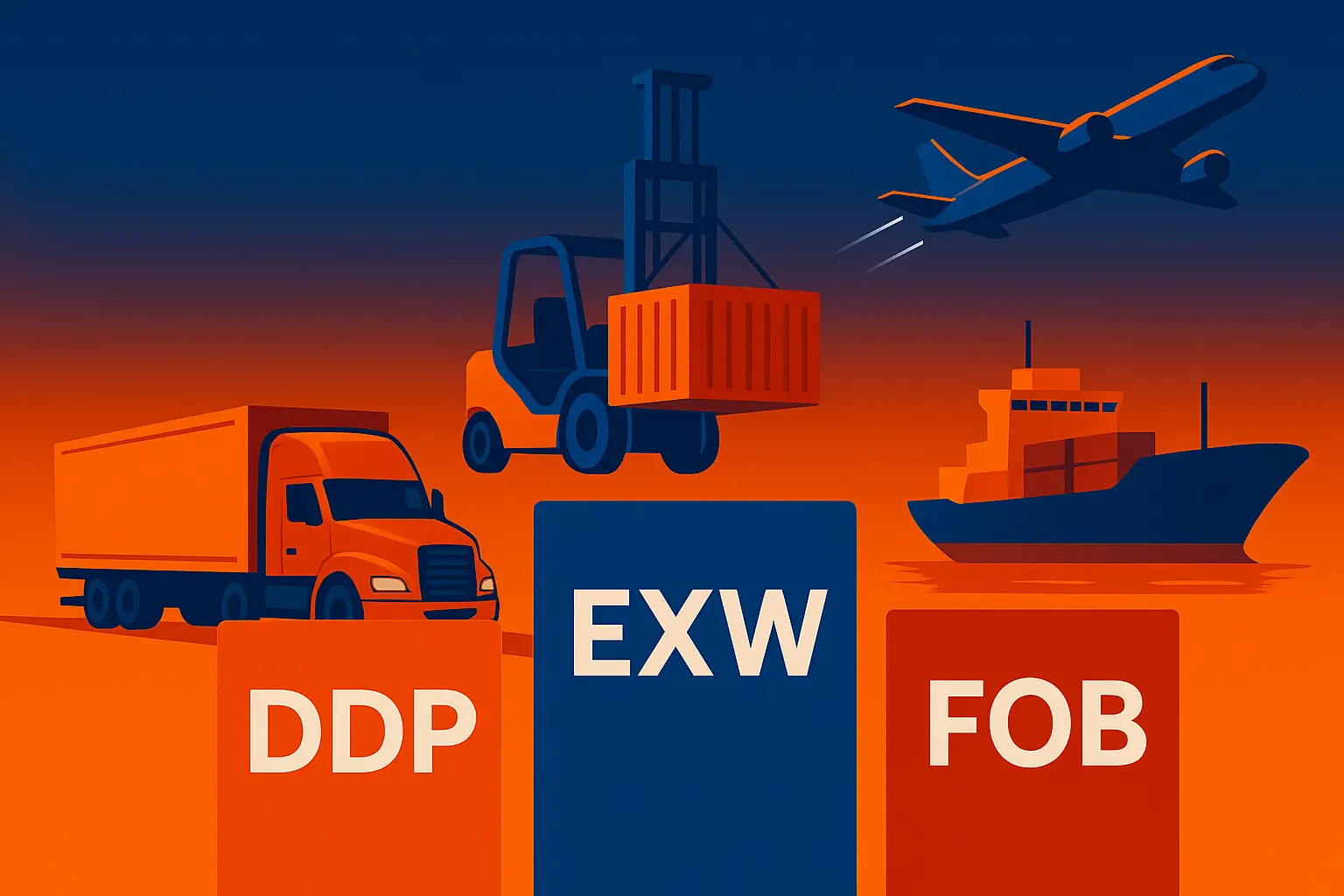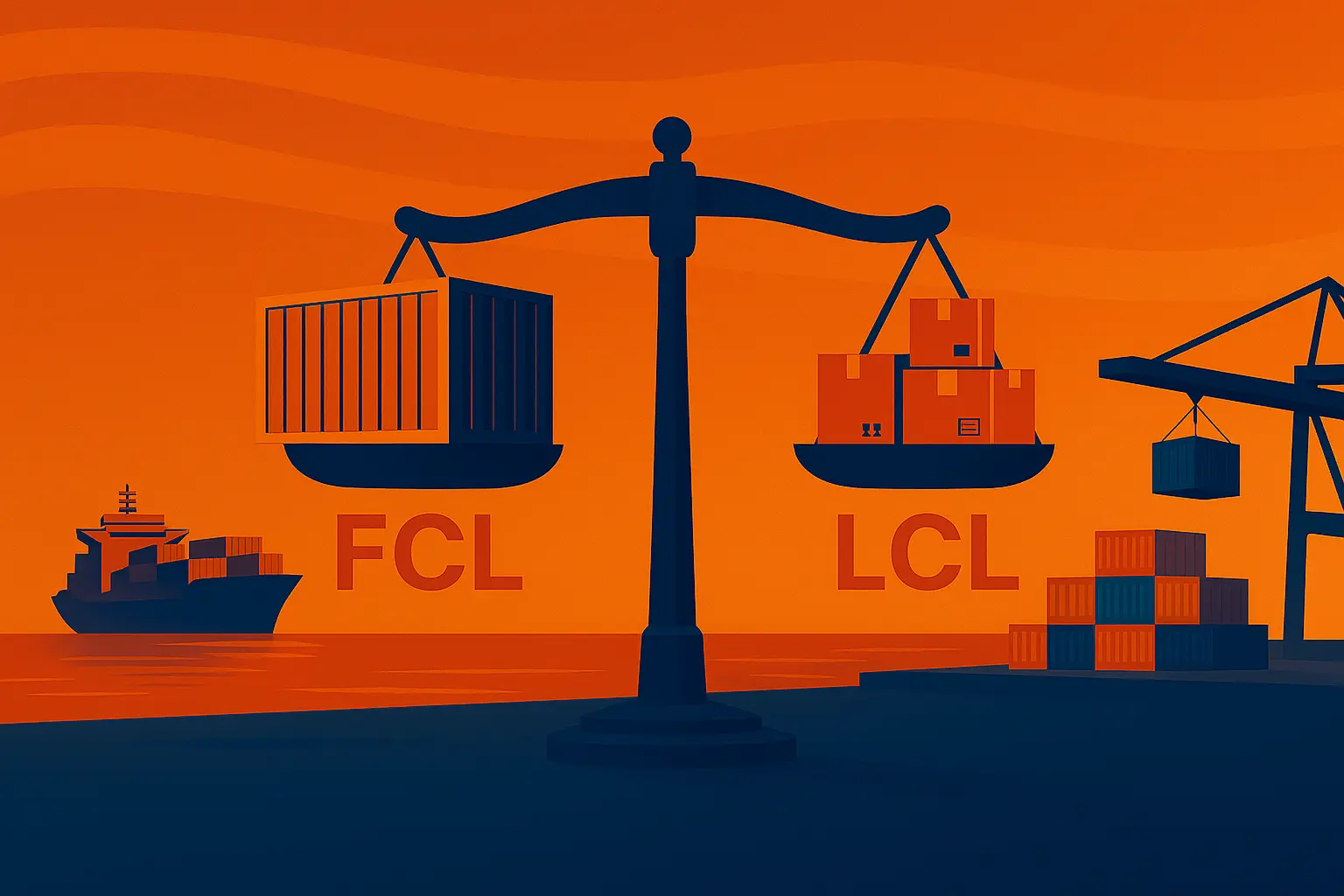Introduction
The Bill of Lading is the most critical document in ocean transport. It is at the same time a receipt for the goods, a document that may represent the goods and transfer title in certain forms, and a contract of carriage between the shipper and the carrier. Any small mistake can cause delays at destination, disputes in valuation, or even legal issues. This guide explains the Bill of Lading precisely: its legal and commercial functions, the core fields to verify, differences between its common forms, when to choose each option, and frequent mistakes with practical ways to avoid them.
First: What is a Bill of Lading and what are its core functions?
- Receipt of goods: the carrier acknowledges receipt of the goods as described (quantity, weight, packaging type).
- Contract of carriage: it reflects the agreed transport terms between shipper and carrier, supplemented by the standard carrier terms stated on the reverse or in general conditions.
- Document representing title to the goods: in certain types it is negotiable, so delivery at the port of discharge is made to the lawful holder of the original document.
Second: Main parties named on the document
- Shipper: the party handing the goods to the carrier.
- Consignee: the beneficiary who will receive the goods at destination.
- Notify Party: the contact to be notified upon vessel arrival (may be the consignee or a different party).
- Carrier or its agent: the ocean line or its agent issuing the document.
- Forwarder (when applicable): in case of a House Bill of Lading issued by a freight forwarder or a non-vessel operating common carrier.
Third: Core fields to verify carefully
- Bill of Lading number and date of issue.
- Ports and places: Port of Loading, Port of Discharge, and sometimes Place of Delivery.
- Description of goods: number of packages, package type, shipping marks, gross weight and net weight, and dimensions when needed.
- Shipment status: “On board” versus “Received for shipment” (critical in letters of credit).
- Number of originals: commonly three originals; essential for title control and delivery.
- Freight terms: Prepaid or Collect.
- Signature and stamp of the carrier or its authorized agent.
- Applicable law and limitation of liability (often Hague-Visby Rules or equivalents, depending on the carrier).
Fourth: Major classifications of the Bill of Lading
By negotiability (title)
Negotiable Bill of Lading (“to order”): marked “to order” or “to order of [bank or consignee]”; title can be transferred by endorsement, enabling trading during the voyage—frequent in letters of credit financing. Use when you need flexibility in financing or sale in transit.
Non-negotiable Bill of Lading (Straight, consigned to a named party): issued to a specific consignee and not transferable by endorsement; delivery is simpler but sale in transit is restricted.
By proof of shipment
On board Bill of Lading: confirms that goods have been loaded on the named vessel; commonly required in letters of credit.
Received for shipment Bill of Lading: confirms that the carrier took custody pending loading; weaker than “on board” for many banking requirements.
By document medium
Original paper Bill of Lading: the traditional form; delivery at destination against presentation of original signed documents.
Electronic Bill of Lading: a digitally issued equivalent via trusted platforms, accelerating release and reducing the risk of document loss; adoption is growing when all parties accept the digital framework.
By issuing party
Master Bill of Lading: issued by the carrier in favor of the consignee or the bank.
House Bill of Lading: issued by the freight forwarder for the client and linked to a Master Bill of Lading with the carrier. Choose this when working with a forwarder consolidating multiple shipments and offering value-added services.
By transport scope
Through Bill of Lading: covers more than one leg (for example ocean plus road) without detailing responsibility of each subcontracting carrier.
Combined transport or multimodal Bill of Lading: covers multimodal movement under a single contract with broader responsibility of the carrier or the principal contractor.
By delivery modality
Seaway Bill (also known as Express Release): not a document of title; it functions as an electronic or rapid delivery authorization. No original papers are required when the seller and buyer are trusted and title transfer during transit is not required.
Telex Release: the carrier instructs the destination office to release the cargo without original papers after receiving confirmation that the originals were surrendered at the port of loading.
By apparent condition of goods
Clean Bill of Lading: contains no reservations about the apparent condition of goods or packing; often a requirement in letters of credit.
Claused or foul Bill of Lading: includes a reservation such as “packages torn” or “cartons wet”. This may affect banking acceptance and insurance claims.
By charter party context
Charter Party Bill of Lading: issued under a charter party contract and subject to its terms—read the conditions carefully.
Fifth: How to choose the right form
- Need flexibility to sell during transit or bank financing by letter of credit? Choose a negotiable “to order” form with “on board” notation and original papers or an accepted electronic Bill of Lading.
- Trusted trading partners with no need for title transfer and a priority for speed? Choose a Seaway Bill or a Telex Release.
- One contract for multiple modes with unified responsibility? Choose a combined transport or multimodal Bill of Lading.
- Working through a forwarder who consolidates shipments and manages door-to-door documentation? Choose a House Bill of Lading linked to a Master Bill of Lading.
- Banking requirement for proof of loading? Ensure “on board” with vessel name, voyage number, and clear loading date.
Sixth: Clean versus claused—why it matters
A clean Bill of Lading has no reservations on apparent condition or packing and is typically required by banks. A claused document records visible defects such as torn packaging or wet cartons. Consequences include difficulty in presenting documents under a letter of credit and possible disputes regarding responsibility. Invest in proper packing, use the shipper’s load, stow and count notation wisely, and document loading with photos when needed.
Seventh: Incoterms and letters of credit
Incoterms such as Free on Board, Cost and Freight, and Cost Insurance and Freight define risk transfer and cost allocation but do not themselves create a contract of carriage. The Bill of Lading type and timing must align with the agreed Incoterm rule. Letters of credit specify exactly what is required (on board, clean, to order, number of originals, signatures and stamps, consignee wording, and destinations). Any discrepancy may result in documentary refusal even if the goods are sound.
Eighth: Read a specimen step by step (checklist)
- Parties: names exactly matching the invoice and the letter of credit.
- Ports and places: Port of Loading, Port of Discharge, Place of Receipt, Place of Delivery.
- Vessel and voyage: vessel name, voyage number, loading date.
- Description of goods: packages, type of packing, marks, weight, and dimensions.
- Shipment status: on board or received for shipment.
- Title wording: to order or named consignee—confirm negotiability.
- Freight terms: prepaid or collect.
- Number of originals: strict control to prevent duplicate delivery.
- Signature and stamp: carrier or duly authorized agent.
- Governing law and limitation of liability: review the reverse terms.
Ninth: When to use a Switch Bill of Lading and what are the cautions?
A Switch Bill of Lading is a reissued document with adjusted details (for example changing shipper or consignee, or hiding an intermediary) at an intermediate port upon request by a trader in back-to-back deals. It is useful in complex supply chains, but observe strict controls: it must be issued by the same carrier or agent with full control over the first set of originals; do not alter core facts such as quantity or description; obtain written approvals and maintain a consistent documentary trail.
Tenth: Quick comparison
- Original paper Bill of Lading: negotiable title but slower delivery if originals are delayed.
- Seaway Bill: delivery authorization without negotiable title—fast and suitable for trusted counterparties or where bank financing is not used.
- Telex Release: releases cargo at destination after confirmation that originals were surrendered at origin.
- Electronic Bill of Lading: legally equivalent to originals when accepted by all parties, with the benefit of speed and digital security.
Eleventh: Common mistakes to avoid
- Mismatches between the document, the invoice, and the letter of credit.
- Leaving the number of originals unclear—always state, for example, “three originals” and control issuance strictly.
- Using a Seaway Bill when negotiable title is required—bank financing may fail.
- Accepting “received for shipment” when the letter of credit requires “on board”.
- Ignoring visible packing issues—these may shift liability to the shipper later.
- Accepting a House Bill of Lading from an unreliable intermediary—verify credibility and linkage to the Master Bill of Lading.
Frequently asked questions
Can cargo be released with a photocopy?
No. Unless a Seaway Bill, a Telex Release, or an electronic Bill of Lading is accepted by the carrier and all parties.
Can the consignee be changed during the voyage?
If the document is issued “to order”, endorsement may change the lawful holder. Otherwise consider a Switch Bill of Lading according to the carrier’s procedures.
What does Freight Prepaid or Collect mean?
It defines where freight is paid and may affect third-party billing and arrival charges.
When should I choose an electronic Bill of Lading?
When you need rapid title transfer or delivery without paper circulation and all parties, including banks and the carrier, accept the digital framework.




